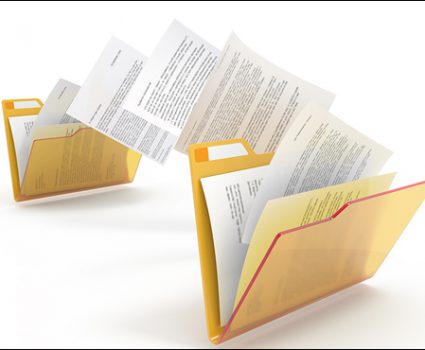
How to Minimize Offsite Storage and Reduce Costs
Few records managers will be starting the new year with a big budget increase to cover their wish list of records management (RM) programs. So if you are looking for ways to cut costs and stretch your RM budget, why not start with the records you are storing offsite? By following a few simple best practices, you may be able to reduce offsite storage volumes by 40 percent!
In our work with thousands of organizations, we have seen time and time again how offsite storage can become a huge and unnecessary drain on RM budgets. Often records are sent off site and the “out of sight, out of mind” dynamic takes over, thereby racking up hefty storage costs year after year. And unfortunately, the use of offsite storage (and therefore accumulated costs) tends to increase over time. This can be caused by the failure to apply retention schedules or by influxes of records due to mergers or acquisitions.
How to cut the dead weight
Reducing offsite storage costs is about minimizing what you put into storage and making sure that you are only storing essential records.
To make sure documents don’t go into storage unless it is absolutely necessary, you’ll need to take a systematic approach to purging active records. As a best practice, these programs should be clearly documented and overseen by the records management team. These programs typically include:
- An employee education component, helping staff learn which documents need to be retained as official records or for compliance purposes.
- A “purge schedule” of specific times to be set aside for cleanup of offices and central filing areas.
- Staging areas where unneeded documents can be disposed of and where essential records can be sorted for re-filing or storage.
The key to success with these programs is to stick to it. It also helps to run a trial in a specific department, applying any lessons to the larger company roll-out of the program.
Regular purges will help reduce the number of documents going into storage, but it is also important to cut back on the ones you are already storing offsite.
The most effective and safe way to do this (from a compliance standpoint) is to conduct an off-site box audit. This is a systematic approach to re-discovering what you have in storage and eliminating unneeded documents.
The first step is to record what you are storing at the box level and at the file level. Then, if boxes or files contain documents that are past their retention periods they can be destroyed. (If you have not already done so, this is a great time to apply a retention schedule!) Another helpful step is to restructure the box contents based on retention expiry dates, putting “like with like” so that entire boxes can be destroyed when the contents reach the end of their retention periods.
Is it worth it?
Some of these steps can be time consuming, but the payoffs are well worth the effort. In our experience, active records purging programs can reduce document volumes by up to 25 percent. In one instance, a box audit program helped a large healthcare provider to reduce offsite storage volumes by 40 percent.
When every dollar counts, these kind of savings can make a huge impact on the success of your records management program.
Is it time you cut out the dead weight?





